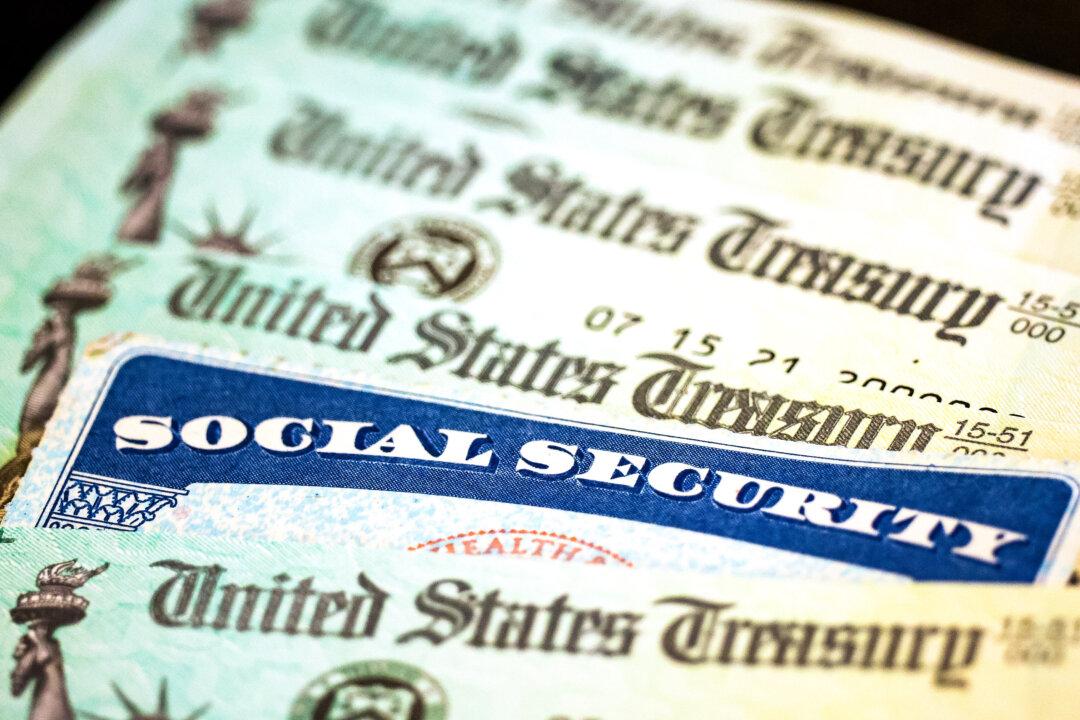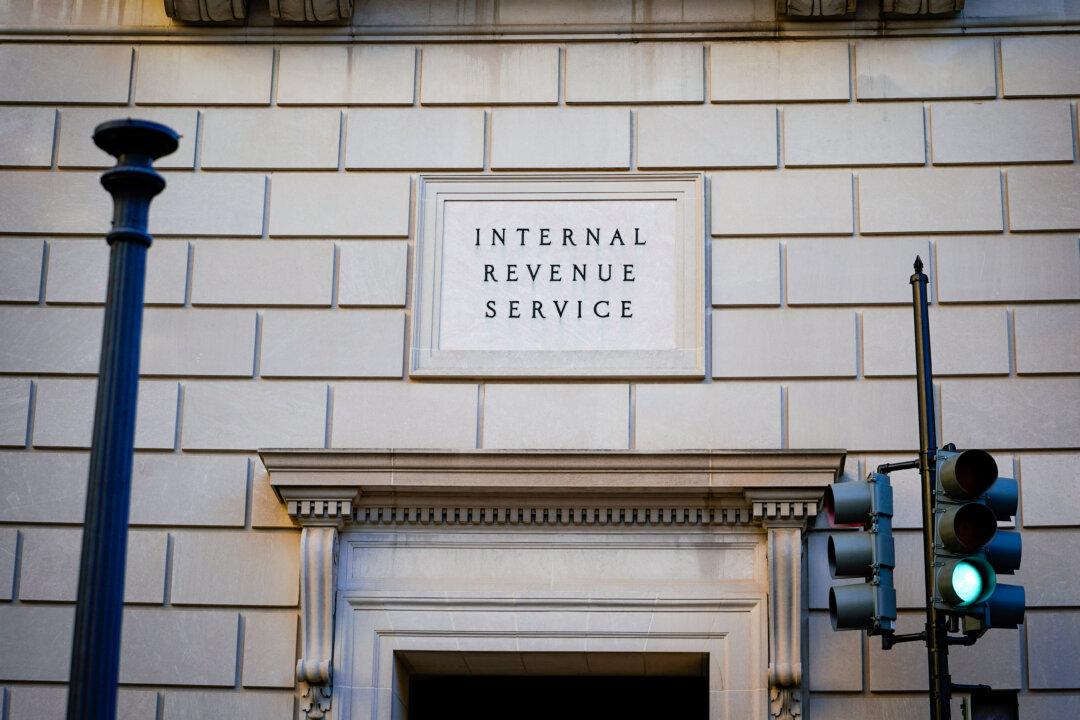Americans who receive Supplemental Security Income (SSI) are due to get two payments in May because of a scheduling quirk that prevents payments from being made on weekends or holidays.
SSI monthly payments are usually made on the 1st of every month. However, a beneficiary can get two payments in a single month. This happens when the payment date falls on a holiday or the weekend, forcing the Social Security Administration (SSA) to issue a payment on the last day of the previous month. Beneficiaries will receive their May SSI payments on the 1st of this month. In addition, they will also get the payment for June on May 31 since June 1 falls on a Saturday.
- July, August, October, November: Paid on 1st of the month.
- September: Paid on Aug. 30 (since Sept. 1 is Sunday).
- December: Paid on Nov. 29 (since Nov. 30 is Saturday and Dec. 1 is Sunday).
“Wait times to speak to a representative are typically shorter early in the day (between 8 a.m. and 10 a.m. local time) or later in the afternoon (between 4 p.m. and 7 p.m. local time). We are also less busy later in the week (Wednesday to Friday) and later in the month,” the SSA said.
The maximum monthly payment that people can receive in 2024 is set at $943 per individual and $1,415 for a couple. Not everyone, however, gets the full amount.
Earlier, SSI payments were reduced if a beneficiary lived in another person’s house but did not pay their fair share of housing costs. For instance, if an individual were to rent a home with a current market rental value of $800 but paid only a discounted rate of $600, the $200 difference is considered a rental subsidy.
This rental subsidy would be deducted from the monthly SSI payment. So if a person qualifies for the full $943 in SSI monthly payment but has a rental subsidy of $200, the SSA has to pay only $743.
Under new rules published in April, SSI recipients who get rental assistance, such as renting a home at a discounted rate, will be less likely to see their monthly payments reduced.
Similarly, the agency used to deduct food assistance received by SSI beneficiaries from their monthly payments. In March, the SSA announced they were doing away with such a rule.
Income and Asset Limits
To be eligible for SSI, adults should either have little to no income, little to no resources, a disability, suffer from blindness, or be aged 65 and above. Children can also qualify for SSI.The income limit for an individual is set at $1,971 per month from a job prior to taxes and deductions. Alternatively, a person may also qualify if they get $963 per month from non-work sources like pensions and unemployment.
For married couples where both apply for SSI, they shouldn’t have combined earnings of over $2,915 per month or receive more than $1,435 a month from non-work sources.
In terms of resources, individuals should not have assets valued at over $2,000 while for married couples, the limit rises to $3,000. Common resources include money in bank accounts and vehicles.
The asset limits have raised concerns as some see the limits as too low and restrictive. A report by JP Morgan states that rigid asset limits make it “difficult for SSI beneficiaries and their families to achieve any measure of economic security.” The $2,000 limit for individuals and $3,000 limit for couples creates “a disincentive for marriage,” it said.
When it comes to disabled people, “The employment and savings barriers that many people with disabilities face creates a dilemma in which people with disabilities keep their wages and assets low or risk the loss of eligibility for a program (SSI) that provides survival income and health insurance.”
“These income and asset restrictions make it difficult for people with disabilities to meet their basic needs, let alone achieve the aspirations of a middleclass life, often putting goals such as homeownership or a family beyond their reach,” the report stated.
In September, Senators Ron Wyden (D-Ore.), Sherrod Brown (D-Ohio), and Bill Cassidy (R-La.) introduced a bipartisan bill called “SSI Savings Penalty Elimination Act” that aims to update the asset limits.
“SSI’s arbitrary and outdated rules make no sense. The government shouldn’t punish seniors and Ohioans with disabilities who do the right thing and save money,” said Sen. Brown.
“It’s long past time we end these out-of-date government restrictions and allow Americans on SSI to save for emergencies and for their futures without putting the benefits they rely on to live at risk.”
The act seeks to raise the asset limits, which have remained unchanged since 1984, to $10,000 for individuals and $20,000 for couples. The limits would also be indexed to inflation moving forward.
Sen. Cassidy pointed out that disabled Americans “should not have to choose between a better job and losing their safety net because of outdated rules.” The act “is an easy fix that encourages work, allows people to save, and lifts people out of poverty.”







